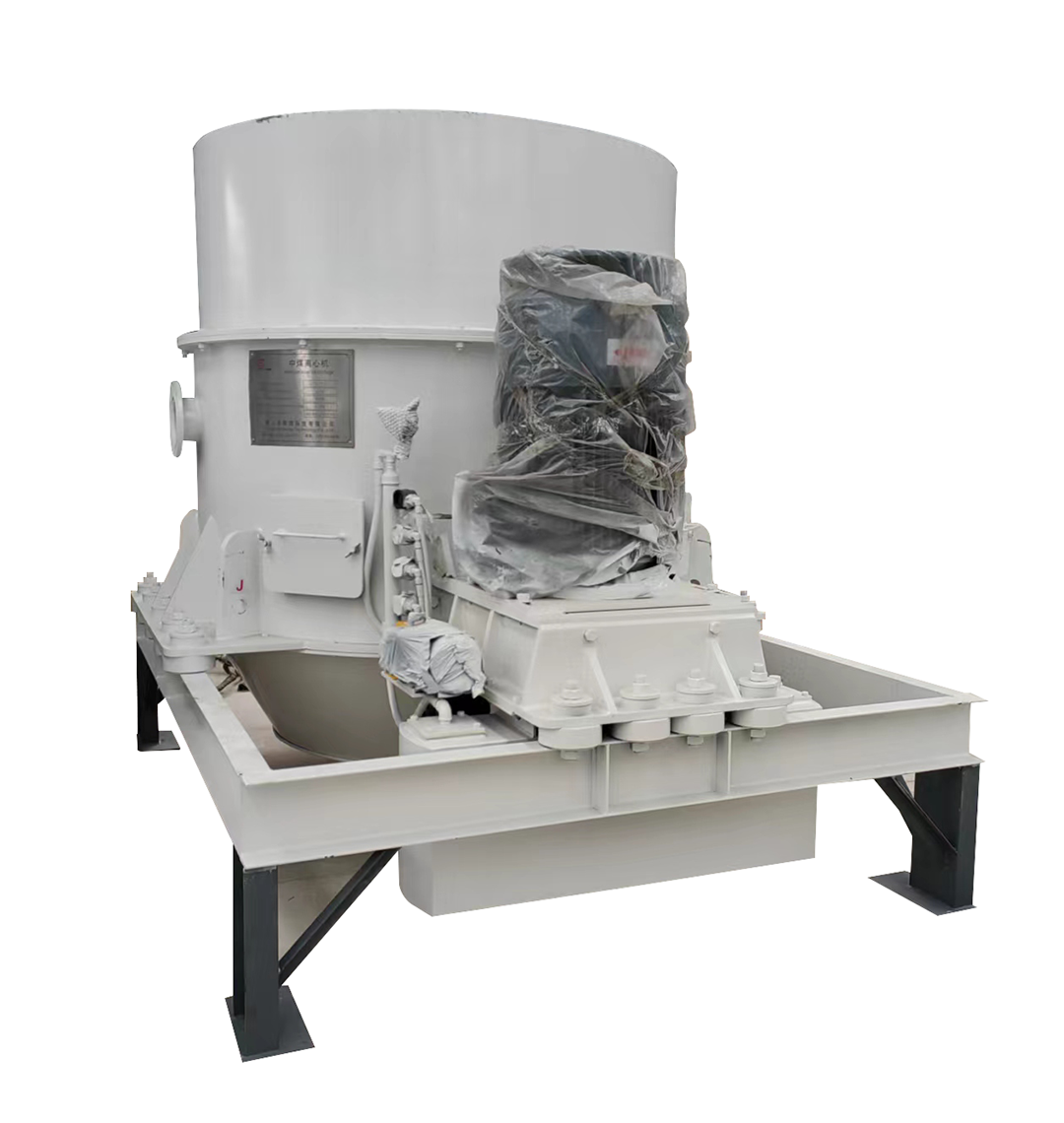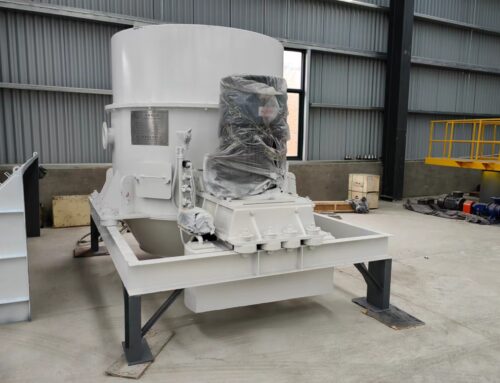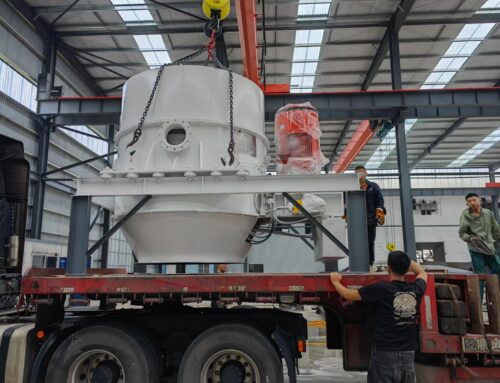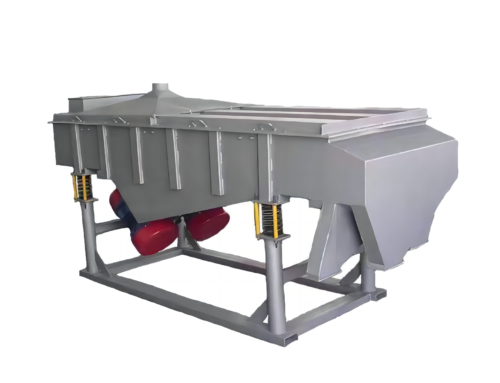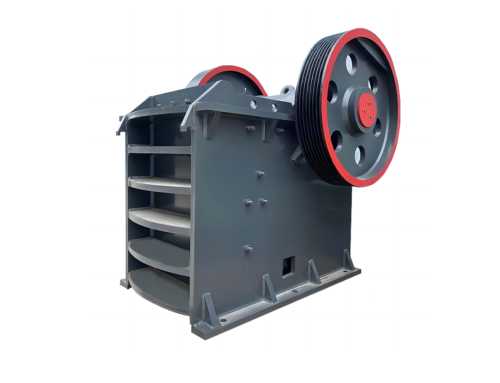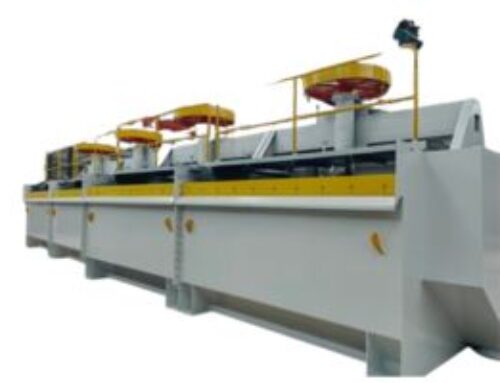What is a vertical screw discharge centrifuge?
Vertical Screw Discharge Centrifuge is used for dewatering of coal slurry and fine coal. It has a built-in differential speed mechanism, where the different speed ratios between the spiral scraper and the screen basket help in dewatering and discharging the product. This centrifuge is widely regarded as an effective equipment for coal dewatering. It is divided into fine coal centrifuge and coal slurry centrifuge.
The following are common problems, causes and solutions of vertical screw discharge centrifuge:
Abnormal vibration
Cause:
The installation foundation is not stable, for example, the ground is not level or the ground bolts are not tightened well, resulting in the centrifuge shaking during operation.
The rotor is unbalanced, which may be due to asymmetric placement of the centrifuge tube, uneven distribution of the material in the centrifuge tube, or problems with the quality of the rotor itself, such as manufacturing defects, wear and tear deformation after long-term use.
Uneven distribution of material, the material entering the centrifuge is piled up in the drum or biased to one side, generating unbalanced centrifugal force.
The bearing is worn or damaged, which makes the rotating parts not running smoothly.
Foreign matter enters into the centrifuge, and collides or rubs against the rotating parts.
Failure of transmission parts, such as loose and worn belts, worn gears in the gearbox, etc., resulting in unsmooth transmission.
Solution:
Ensure that the installation foundation is level and solid, and tighten the ground bolts. If the foundation does not meet the requirements, it is necessary to reinstall or reinforce the foundation.
Rebalance the rotor to ensure that the centrifugal tube symmetrically placed and evenly distributed material in the tube; check the quality of the rotor itself, if there are problems need to be corrected or replace the rotor.
Uniform fabric to ensure that the material is evenly distributed as it enters the centrifuge; avoid any build-up of material or bias to one side during the feeding process.
Check the bearings, if worn or damaged should be replaced in time, and pay attention to regular lubrication and maintenance of bearings.
Carefully check the inside of the centrifuge after stopping the machine and remove foreign objects.
Check the tension and wear of the transmission belt and replace the belt if necessary; check the gearbox gears and repair or replace them if they are worn.
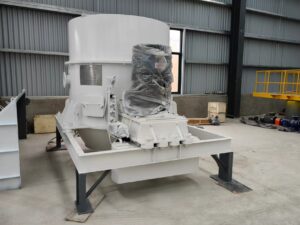
Motor Failure
Cause:
Motor overload operation, it may be due to too large amount of feed, too high concentration of material or other reasons that cause the motor to be overloaded.
Motor winding short circuit, broken circuit or ground fault, may be due to motor aging, insulation damage or affected by external factors after long-term use.
Unstable power supply voltage, too high or too low voltage will affect the normal operation of the motor.
Failure of the motor’s starting device, such as contactor, relay, etc., is damaged, resulting in the motor can not start normally.
Solution:
Control the feed quantity and material concentration to avoid motor overload operation; if the overload is caused by the nature of the material or other reasons, you need to consider adjusting the process parameters or replacing the appropriate centrifuge model.
Use a multimeter and other tools to detect the resistance value and insulation of the motor winding, and determine whether there is a short circuit, broken circuit or grounding fault in the motor. For damaged motor windings, it is necessary to repair or replace the motor.
Check the supply voltage to ensure that it is stabilised within the range required by the motor. Devices such as voltage regulators can be used to stabilise the voltage, or the power supply lines can be checked for problems and repaired.
Check the motor’s starting devices, such as contactors, relays, etc., to find the point of failure and repair or replace them.
Spiral scraper failure
Reason:
The scraper is worn out, and the gap between the scraper and the screen basket becomes larger after long-term use, which affects the scraping effect and may even lead to the inability to scrape the material properly.
The gap between the scraper and the screen basket is not suitable, the gap is too big or too small will affect the separation effect of the centrifuge and the service life of the scraper.
Failure of the driving device of the scraper, such as failure of the motor and damage of the transmission parts, resulting in the scraper not being able to operate normally.
Deformation or jamming of the scraper may be caused by foreign matter in the material or improper operation.
Solution:
Regularly check the wear and tear of the scraper and replace the badly worn scraper in time. When replacing the scraper, pay attention to adjusting the clearance between the scraper and the screen basket to a suitable value, which can generally be adjusted according to the equipment manual.
Install the scraper correctly to ensure that the gap between the scraper and the screen basket is even and meets the requirements. If the gap is not suitable, it needs to be adjusted.
Overhaul the driving device of the scraper, repair or replace the faulty motor, transmission parts, etc., to ensure that the scraper can operate normally.
After stopping the machine, check whether the scraper is deformed or jammed, find out the reason and repair it. If the jamming is caused by foreign matter, you need to remove the foreign matter; if the scraper itself is deformed, you need to correct or replace it.
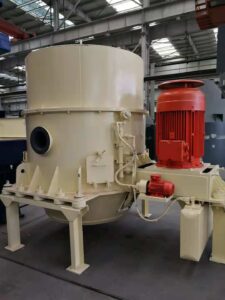
Differential failure
Cause:
Wear and tear of internal parts of the differential, such as gears and bearings, etc., after long-term use, resulting in abnormal operation of the differential.
Poor lubrication of the differential, insufficient lubricant, deterioration or blockage of the oil circuit, etc., will prevent the parts of the differential from getting good lubrication, thus aggravating the wear and triggering the malfunction.
Differential overload, may be due to the centrifuge is suddenly subjected to a large shock load or long-term operation in the overload state, resulting in differential damage.
Solution:
Regularly check the wear and tear of the internal parts of the differential, and replace any parts that are badly worn in time. When replacing parts, pay attention to selecting reliable quality parts and installing them according to the correct installation method.
Ensure that the differential is well lubricated, check the level and quality of the lubricant regularly, and replenish or replace the lubricant in time; at the same time, check whether the oil circuit is smooth, and if it is blocked, it should be cleaned.
Avoid that the centrifuge is suddenly subjected to a large shock load, reasonably control the feed quantity and feed speed, and avoid overload operation. If the overload situation has occurred, you need to find out the reason and take corresponding measures, such as repairing or replacing the damaged parts.
Oil leakage
Cause:
Poor sealing of the connection parts of the centrifuge, such as aging or damaged seals, loose bolts, etc., causes oil to leak from the connection parts.
The oil pipe is ruptured or the joint is loose, causing the oil to leak out.
The oil is overfilled and exceeds the specified level, causing the oil to spill out from other parts of the centrifuge during operation.
Solution:
Check the connection parts of the centrifuge, replace aged and damaged seals, and tighten loose bolts. When installing the seals, make sure they are installed correctly and sealed well.
Check the oil pipes and joints and replace or tighten them promptly if they are cracked or loose.
Check the oil level, drain the excess oil to keep the level within the specified range. At the same time, pay attention to observe the consumption of oil, timely replenishment of oil.
Poor material discharge
Cause:
Excessive feed or high slurry solid phase content causes the screw pusher to be overloaded, resulting in the screw pusher being unable to discharge slag after the torque overload protection device is disengaged.
The slag discharge port is clogged, probably due to large debris or agglomerates in the material clogging the slag discharge port.
The screw pusher blades are badly worn, affecting the pushing effect.
The differential is damaged, resulting in abnormal rotational speed of the screw pusher, affecting the discharge.
Solution:
Control the feed volume and feed concentration to avoid overloading the screw pusher. If overloading has occurred, it is necessary to check the discharge system, clear the blockage and replace the torque overload protection device.
Regularly clean the slag discharge opening to ensure that it is unobstructed. Before feeding, the material can be pre-treated, e.g. screened and crushed, to remove large debris and agglomerates.
Check the wear and tear of the screw pusher blades and replace the badly worn blades in time.
Inspect the differential, find out the cause of failure and repair or replace it.
Centrifugal fluid runs rough
Cause:
The screen basket is worn and the screen gap is enlarged, allowing larger particles of material to pass through the basket into the centrifugal liquid.
The gap between the scraper and the basket is too large, causing some of the coarse particles not scraped off to enter the centrifugal fluid.
Wear and leakage of the centrifuge outlet protection ring, centrifugal fluid collection tank and inlet, allowing coarse particles of material to be mixed into the centrifugal fluid.
Solution:
Check the wear of the sieve basket and replace the badly worn sieve basket in time. When replacing the sieve basket, pay attention to selecting the appropriate specification of the sieve basket and make sure that it is installed correctly.
Adjust the clearance between the scraper and the sieve basket to a suitable value. If the scraper is badly worn, it is also necessary to replace the scraper in time and adjust the clearance after installation.
Check the centrifuge outlet protection ring, centrifugal liquid collection tank and inlet and other parts, if there is any wear and leakage should be repaired or replaced in time.
Whether in the field of chemical, pharmaceutical or environmental protection, vertical screw discharge centrifuge has become the preferred equipment of many enterprises with its stable performance and reliable separation effect. It constantly promotes the development of various industries and contributes to the realisation of efficient production.

